Description
WE600 Humidity Sensor
Features:
- Industry Standard Output (4-20 mA): Ensures compatibility with most monitoring systems for seamless integration.
- Durable Marine Grade Cable with Strain Relief: Built to withstand harsh outdoor environments.
- Fully Encapsulated Electronics: Protects internal components from moisture and corrosion for reliable operation.
Importance of Solar Shield (P/N EG0000):
For optimal performance, Global Water strongly recommends purchasing a Solar Shield alongside your Humidity Sensor. The Solar Shield is a vented sun shield designed with:
- High Reflectivity: Minimizes heat absorption by the sensor.
- Low Heat Retention: Allows for proper heat dissipation.
- Low Thermal Conductivity: Reduces heat transfer to the sensor.
By shielding the sensor from direct sunlight, the Solar Shield helps maintain accurate 4-20 mA output for reliable humidity readings.
Understanding Relative Humidity:
Relative humidity refers to the amount of moisture present in the air compared to the maximum amount it can hold at that specific temperature. Here’s a breakdown:
- Measurement: Expressed as a percentage.
- Relationship with Temperature: Generally, relative humidity is inversely proportional to temperature. Higher temperatures lead to lower relative humidity and vice versa.
- Saturation Point: When the air reaches 100% relative humidity, it’s holding all the moisture it can at that temperature.
Why Measure Relative Humidity?
Humidity significantly impacts our environment. Monitoring it allows for control and mitigation of various effects:
- Human and animal comfort: Improper humidity levels can cause discomfort.
- Material protection: Excessive humidity can damage materials in storage facilities.
- Manufacturing processes: Optimal humidity is crucial for many production processes.
- Construction materials: Humidity can impact the quality of construction materials.
- Many other applications
Understanding Temperature Measurement:
Temperature is typically measured in degrees Celsius (°C) or Fahrenheit (°F). Here are some key points for accurate temperature readings:
- Sensor Placement: Shield the sensor from direct sunlight, precipitation, and ensure proper ventilation.
- Reference Point: Standard air temperature measurements are taken approximately two meters above the ground.
- Factors Affecting Temperature: Several factors influence temperature, including latitude, air mass movement, solar radiation, and proximity to water bodies or land.
By understanding these factors and using proper sensor placement techniques, you can ensure accurate temperature data collection.

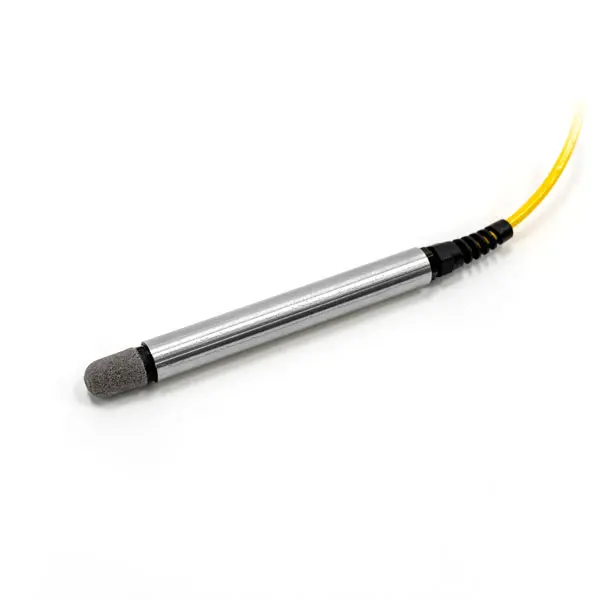
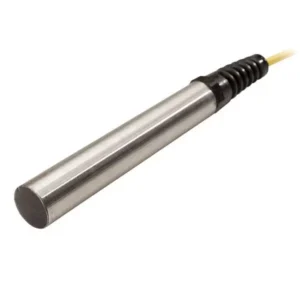
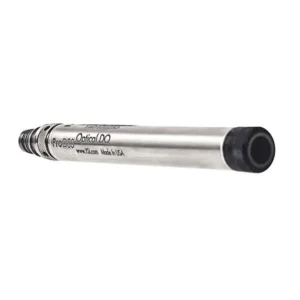
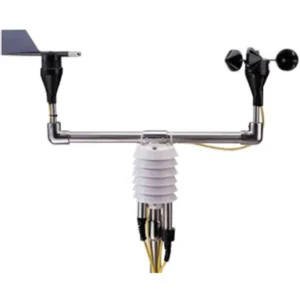
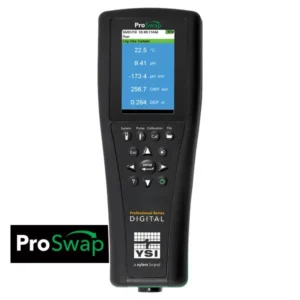
Reviews
There are no reviews yet.